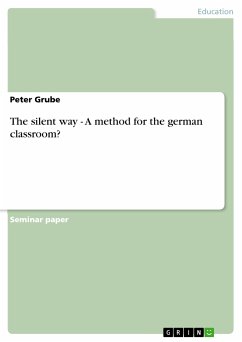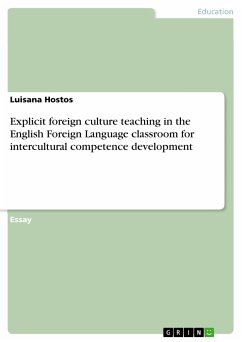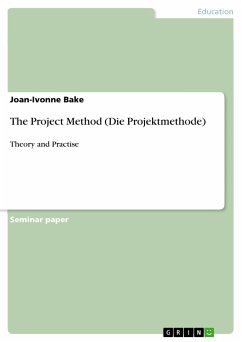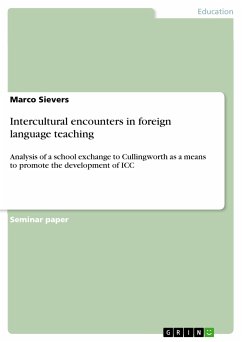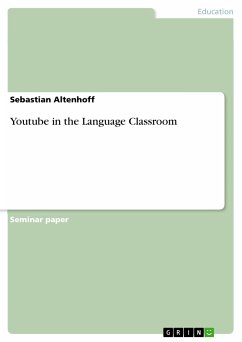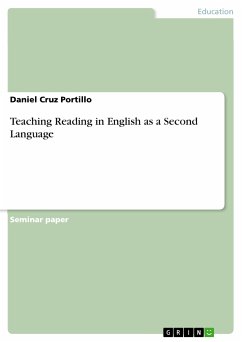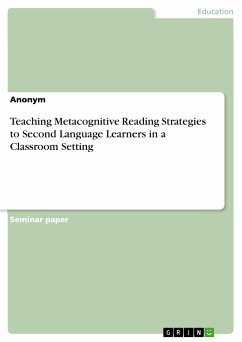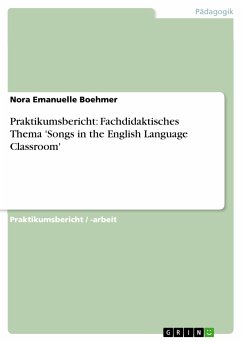Seminar paper from the year 2007 in the subject Didactics for the subject English - Pedagogy, Literature Studies, grade: 1,0, Martin Luther University (Angewandte Anglistik und Amerikanistik), course: Proseminar "Traditional and Alternative Teaching Concepts" SS 2007, language: English, abstract: The Silent Way is a teaching method that considers learning to be a conscious, cognitive process. However, the Silent Way tries to involve the whole of the learner, considering cognitive and affective aspects. That is why Roslyn Young can conclude: “The Silent Way is usually considered to be one of the alternative or humanistic approaches to language teaching.” Taking this into consideration, the question can be of interest whether the Silent Way is a method which can easily be used at a typical German grammar or comprehensive school. It seems obvious that there are several factors which prevent the method from being applied at German schools – other alternative methods such as Suggestopedia, Superlearning or the Birkenbihl Method cannot find their way into German classrooms either. Sometimes only small parts of the method are applied as in the case of Suggestopedia whose traces can be found in the way some texts are dealt with in modern text books such as the new Green Line books. Therefore, this paper will try to see whether the thesis that the Silent Way is not suitable for a typical German classroom will prove to be the result of a superficial prejudice or not. To achieve this aim, the paper will give a short overview over the method in a first step. Secondly, some aspects which seem to be important for the role the method could play at German schools will be considered: The roles of learners and teachers and especially the image of the ideal Silent Way learner will be concerned as well as the learning process in its various stages and aspects like group sizes or materials that are needed. The latter do also often prove to be of note in the decision for or against a method at school. Finally, those aspects will be evaluated in order to find out whether they support the thesis or not. Needless to say, there are essential differences within the German school system. Therefore, especially in this last point, the grammar schools of Saxony-Anhalt shall serve as representatives of the German system because this seems to be the most obvious solution for a paper written at Martin-Luther-University Halle-Wittenberg. As little has been written on this method and its implementation in Germany in general and Saxony-Anhalt in special, this approach seems to be the most recommendable one.
Bitte wählen Sie Ihr Anliegen aus.
Rechnungen
Retourenschein anfordern
Bestellstatus
Storno

